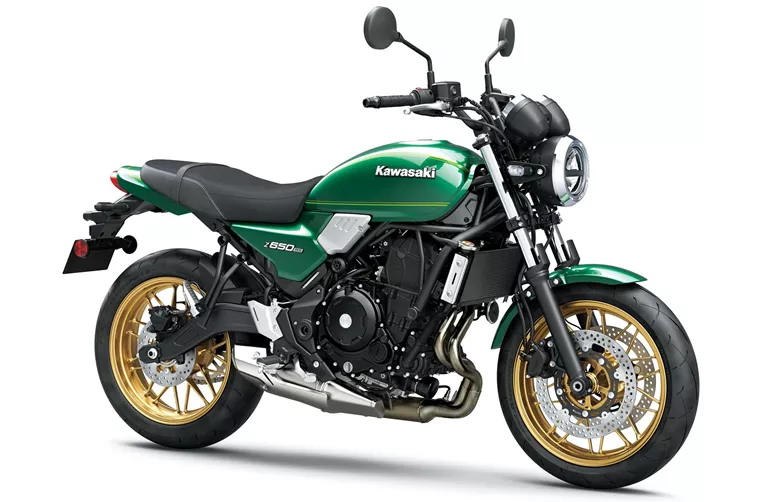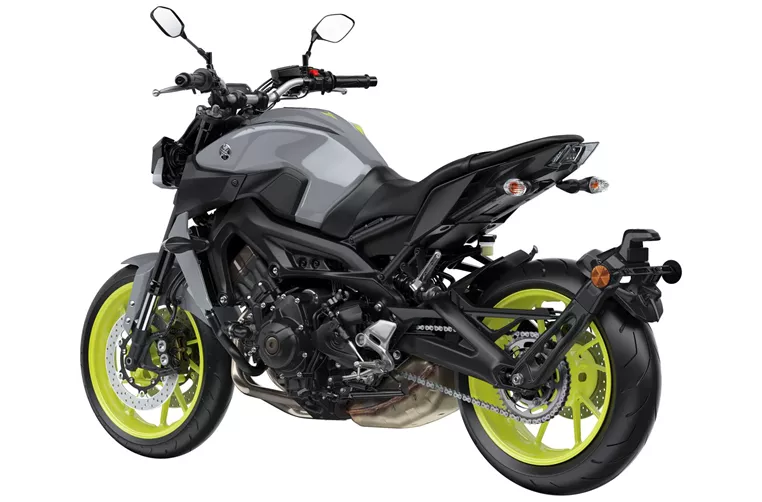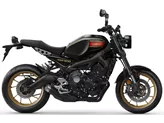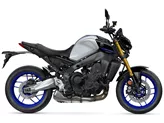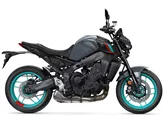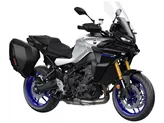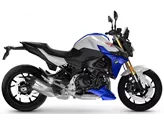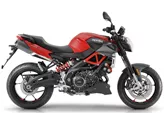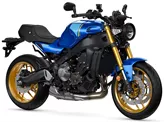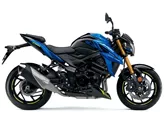Kawasaki Z650 RS 2022 vs. Yamaha MT-09 2017
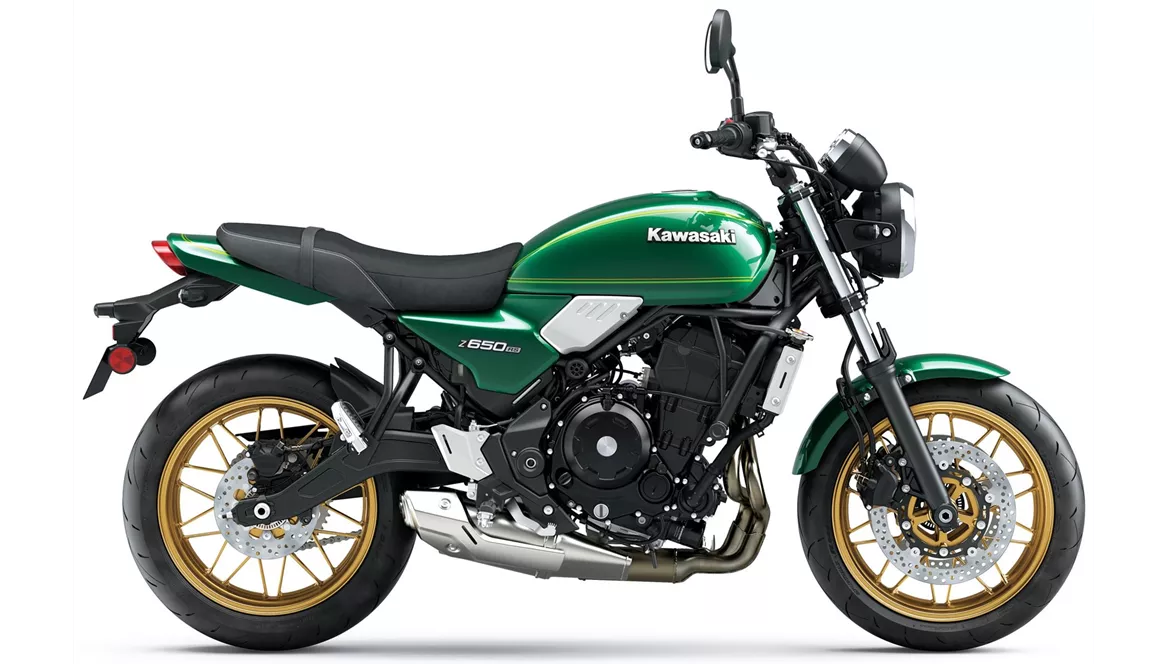
Kawasaki Z650 RS 2022

Yamaha MT-09 2017
Overview - Kawasaki Z650 RS 2022 vs Yamaha MT-09 2017
The Kawasaki Z650 RS 2022 and the Yamaha MT-09 2017 are both naked bikes with similar engine types and fuel systems. However, there are several differences between the two models.
In terms of engine power, the Yamaha MT-09 2017 has a significant advantage with 115 HP compared to the Kawasaki Z650 RS 2022's 68.2 HP. The Yamaha also has a higher torque of 87.5 Nm compared to the Kawasaki's 65.7 Nm. This means that the Yamaha will likely offer more acceleration and overall power.
Both bikes have liquid cooling and a similar displacement, with the Yamaha having a slightly larger engine at 847 ccm compared to the Kawasaki's 649 ccm. This may contribute to the Yamaha's higher power output.
In terms of suspension, the Yamaha MT-09 2017 has an upside-down telescopic fork at the front, which is considered to be a more advanced and high-performance suspension system compared to the telescopic fork on the Kawasaki Z650 RS 2022. Both bikes have a swing arm rear suspension with a monoshock.
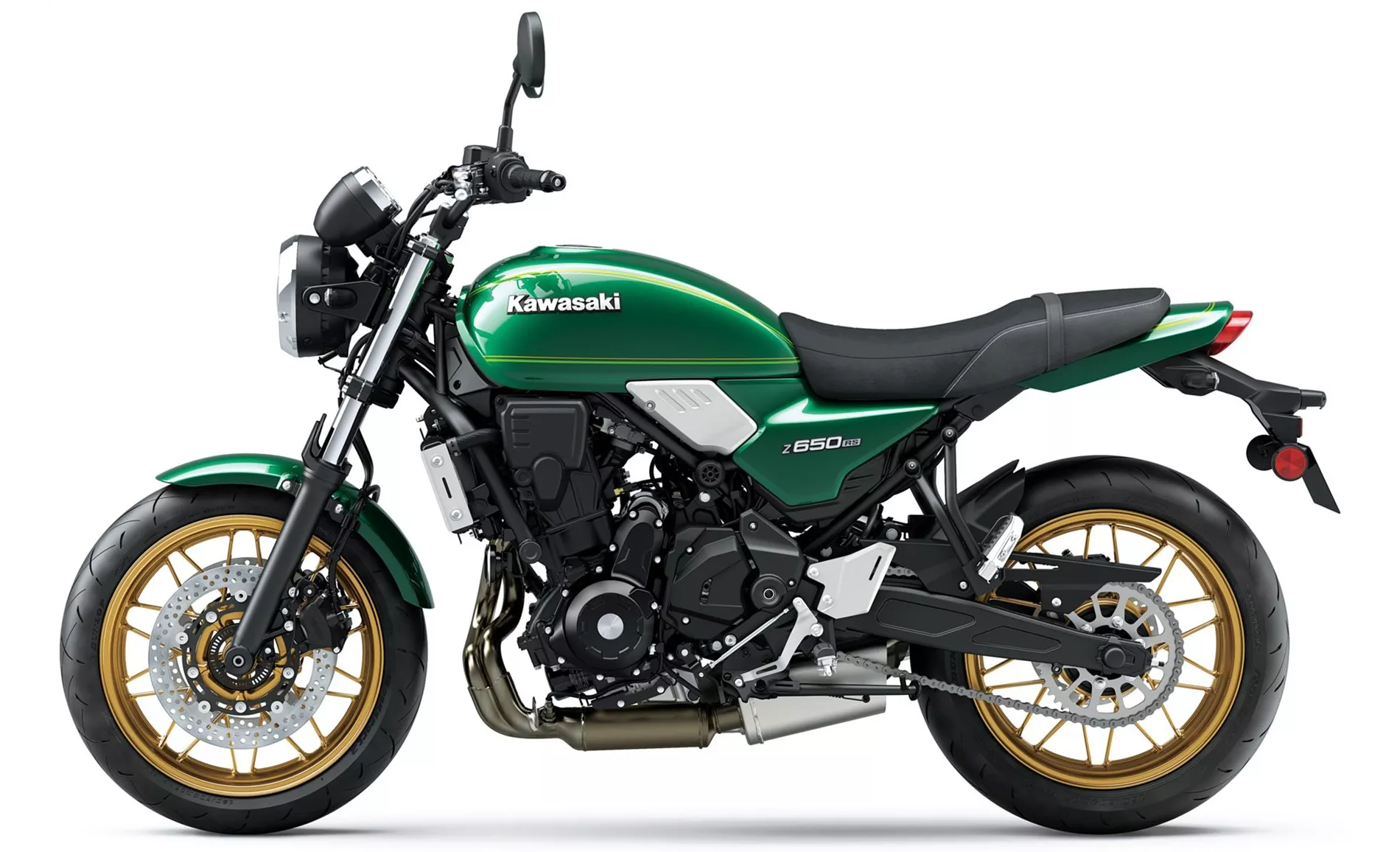
Kawasaki Z650 RS 2022
The chassis also differs between the two models. The Kawasaki Z650 RS 2022 has a steel frame, while the Yamaha MT-09 2017 has an aluminum frame. Aluminum frames are generally lighter and more rigid, which can contribute to better handling and overall performance.
Both bikes have double disk front brakes, but the Yamaha has a slightly smaller diameter at 298 mm compared to the Kawasaki's 300 mm. The Yamaha also has additional advanced rider assistance systems such as a quickshifter and traction control, which the Kawasaki lacks.
In terms of dimensions and weights, the Yamaha MT-09 2017 has a slightly longer wheelbase at 1440 mm compared to the Kawasaki's 1410 mm. The Yamaha also has a lower seat height at 815 mm compared to the Kawasaki's 820 mm. However, the Yamaha is slightly heavier with a kerb weight of 193 kg compared to the Kawasaki's 187.1 kg.
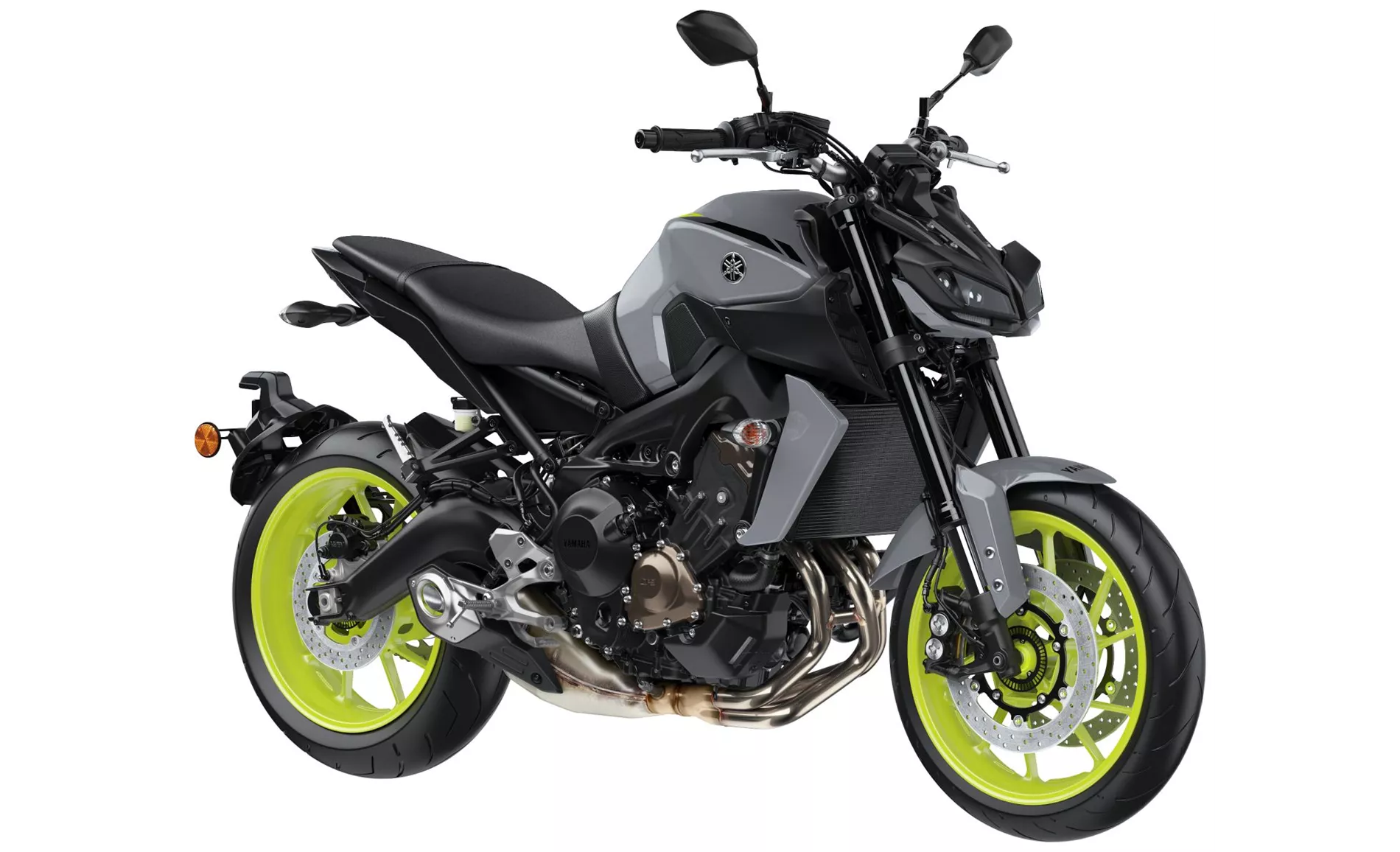
Yamaha MT-09 2017
Both bikes have similar front and rear tire sizes, but the Yamaha has a wider rear tire at 180 mm compared to the Kawasaki's 160 mm. The Yamaha also has a slightly smaller fuel tank capacity at 14 liters compared to the Kawasaki's 15 liters.
In terms of strengths, the Kawasaki Z650 RS 2022 is praised for its perfectly realized retro design, analogue displays, lively engine, accessible handling, powerful brakes, comfortable ergonomics, adjustable levers, and being a real eye-catcher. On the other hand, the Yamaha MT-09 2017 is praised for its Öhlins suspension, Akrapovic exhaust for improved optics and sound, Magura HC3 radial brake pump, Carbon2Race covers for grandiose optics, and effective combination of seat, footrests, and handlebar clamps.
However, the Kawasaki Z650 RS 2022 is noted to have a slightly softer sound, which may be a drawback for some riders. The Yamaha MT-09 2017, on the other hand, has some weaknesses such as a higher financial outlay, more working time required for certain parts, and the ECU Flash not being road legal.
In summary, the Yamaha MT-09 2017 offers more power, advanced suspension systems, additional rider assistance systems, and a slightly more advanced chassis compared to the Kawasaki Z650 RS 2022. However, the Kawasaki has its own strengths in terms of design, handling, and comfort. Ultimately, the choice between the two models will depend on the rider's preferences and priorities.
Technical Specifications Kawasaki Z650 RS 2022 compared to Yamaha MT-09 2017
Pros and Cons in comparison
Pros and Cons in comparison
Kawasaki Z650 RS 2022
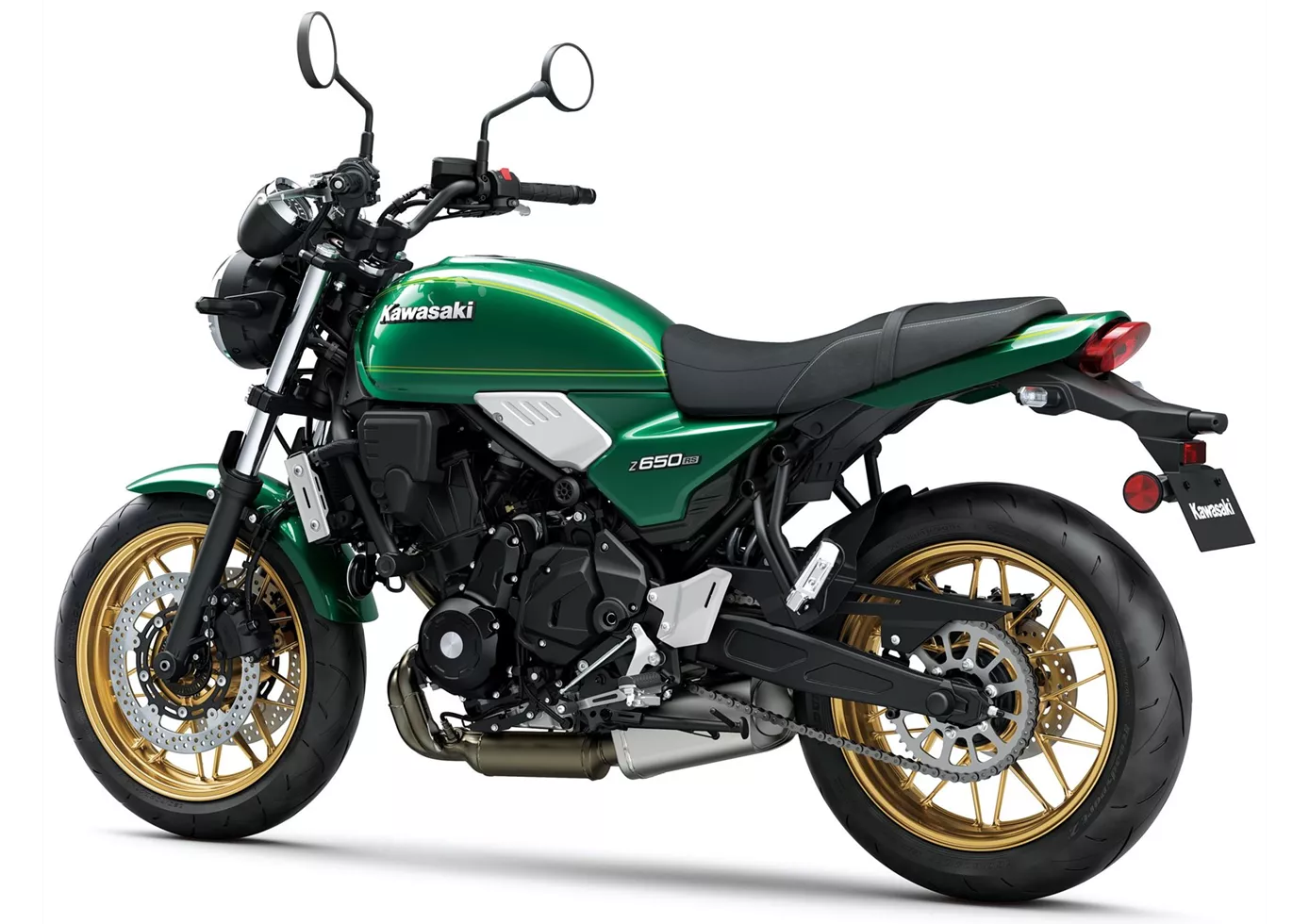
With the RS, Kawasaki proves that it has mastered the art of retro bikes. You immediately forget that underneath the pretty dress is the normal Z650, because thanks to the right details, the retro design has been convincingly implemented. In the saddle, you enjoy the accessibility that you know from the technical sister. A retro bike that both beginners and experienced bikers will really enjoy!
Yamaha MT-09 2017

In conclusion, after several stops throughout the season, I can look back on a great result. Both in terms of performance and looks, our MT-09 is perfect. The suspension was probably our most important issue. Where before there was clearly (too much) movement in the rear in fast corners, now it is ironed over without batting an eyelid. The STX 46 shock absorber is quite stiff in its basic configuration, but also manages to get through everyday life without being uncomfortable. Thanks to generous adjustment options, there is still room for individual preferences and uses. The function of the NIX 30 cartridge is also impressive. The response behaviour - especially under load - has improved significantly. There is now also much more reserve available when braking. Where before the fork went into block and the ABS triggered when braking hard with the original set-up, now the brakes simply continue to work effectively. In addition, the MT-09 now follows the intended line in the curve radius as if by itself - a pure pleasure. The sight and sound of the Akrapovic complete system are also pure joy, and the fact that it produces a few more horsepower is felt effectively, especially in the upper third of the rev range. The front wheel shoots even more willingly into the gallery in 2nd and 3rd gear.
Price Comparison Avarage Market Price Kawasaki Z650 RS vs Yamaha MT-09
There are a few key differences between a Kawasaki Z650 RS 2022 and a Yamaha MT-09 2017. In terms of price, the actual average prices of both motorbikes are almost the same. A Kawasaki Z650 RS 2022 experiences a loss of 300 USD in one year of ownership. This is offset by a loss of 810 USD for a Yamaha MT-09 2017. Compared to Yamaha MT-09 2017 there are more Kawasaki Z650 RS 2022 bikes available on the 1000PS.de Marketplace, specifically 34 compared to 10. It takes less time to sell a Yamaha MT-09 with 73 days compared to 146 days for the Kawasaki Z650 RS. Since model year 2022 1000PS.de editors have written 12 reviews for the Kawasaki Z650 RS and 57 reviews for the Yamaha MT-09 since model year 2013. The first review for the Kawasaki Z650 RS was published on 9/27/2021 and now has more than 39,300 views. This compares to more than 39,900 views for the first review on Yamaha MT-09 published on 6/10/2013.
